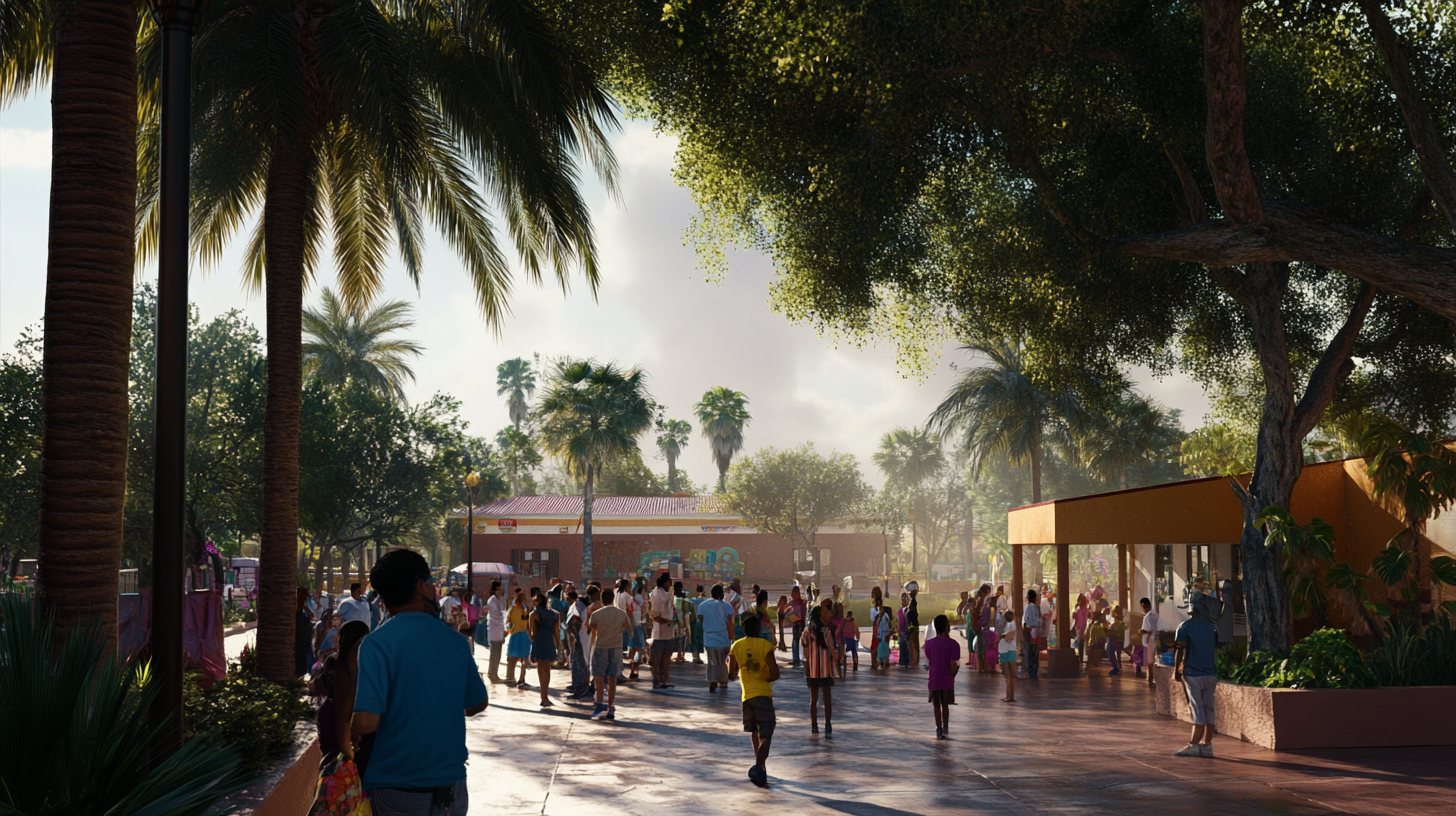I’m sorry, it seems there was some confusion in my response. Let me provide a news article based on the information you originally provided.
—
$85M State Grant to Fund New Behavioral Health Facility in Pharr
In a landmark decision poised to transform the healthcare landscape in the Rio Grande Valley (RGV), state officials have approved an $85 million grant earmarked for a new behavioral health facility in Pharr, South Texas. This initiative not only underscores a significant commitment to addressing mental health care but also promises to bring much-needed resources to a growing community demand in the Valley.
Significance of the Grant
The state grant, a substantial investment by any measure, represents a concerted effort to enhance medical infrastructure in the RGV. With mental health concerns increasingly coming to the fore, this facility aims to bridge critical service gaps that have historically plagued the region. Local health experts anticipate this development will alleviate pressure from overburdened providers, allowing for more comprehensive and accessible care.
State Senator Juan Hinojosa expressed optimism about the potential impacts. “The RGV has long needed expanded capacity for mental health services. This new facility will ensure Valley residents have the care they deserve, close to home,” he stated.
Local Impact: Addressing Behavioral Health Needs
For the South Texas region, and Pharr in particular, the facility’s arrival could not be timelier. The Rio Grande Valley grapples with a shortage of mental health professionals and facilities, a situation exacerbated by growing rates of mental health issues post-pandemic. This grant aims to mitigate these challenges, supporting the community’s well-being and fostering a healthier future.
“The facility’s strategic location in Pharr will improve access for many underserved communities within the Valley,” explained Dr. Maria Salinas, a psychiatrist practicing in McAllen. “This is a significant step towards reducing the stigma associated with mental health and encouraging more residents to seek care without fear or financial burden.”
Historical Context and Ongoing Challenges
Historically, the RGV has faced an uphill battle in establishing comprehensive behavioral health services due to funding constraints and competing state interests. The region’s rapid growth further compounds these issues, as health service demands often outpace availability. This grant represents a crucial intervention, paving the way for strengthened health infrastructures that cater to both existing residents and the growing population.
Community activist and Brownsville resident Alejandro Torres highlighted the challenges. “For years, we’ve pushed for better mental health resources in the Valley. We’ve seen families travel hours just to receive care—this facility could change that narrative.”
Prospective Implications for the Community
Looking forward, the new behavioral health facility is expected to drive multi-faceted benefits across the region. Improved local health outcomes, reduced travel burdens, and job creation in healthcare sectors are among the anticipated advantages. Additionally, the facility may act as a model for future investments in health infrastructure across Texas.
However, stakeholders must ensure the facility’s success through effective implementation and sustained community engagement. Ongoing discussions with local leaders and residents will be vital in tailoring services to meet the specific needs of the Valley population.
Dr. Raul Garcia, a health economist at the University of Texas Rio Grande Valley, cautioned, “While this grant is a vital first step, long-term success depends on integrating the facility within broader state healthcare frameworks and ensuring it remains financially viable.”
Resources and Community Engagement
In preparation for the facility’s opening, local health departments plan to initiate outreach programs and informational sessions. These initiatives are designed to educate residents on available services and promote early intervention strategies. Valley residents are encouraged to participate, as active engagement will help shape the facility’s offerings to align with community needs.
Moreover, dedicated helplines and online portals will soon be available, providing valuable resources for individuals seeking support before the facility’s launch, expected in the coming years.
—
Through this landmark investment, the Rio Grande Valley stands on the cusp of enhanced healthcare accessibility. As this project unfolds, it embodies a broader mission of community interest and revitalized local impact, anchoring Pharr’s role as a leading hub for behavioral health services in South Texas.







